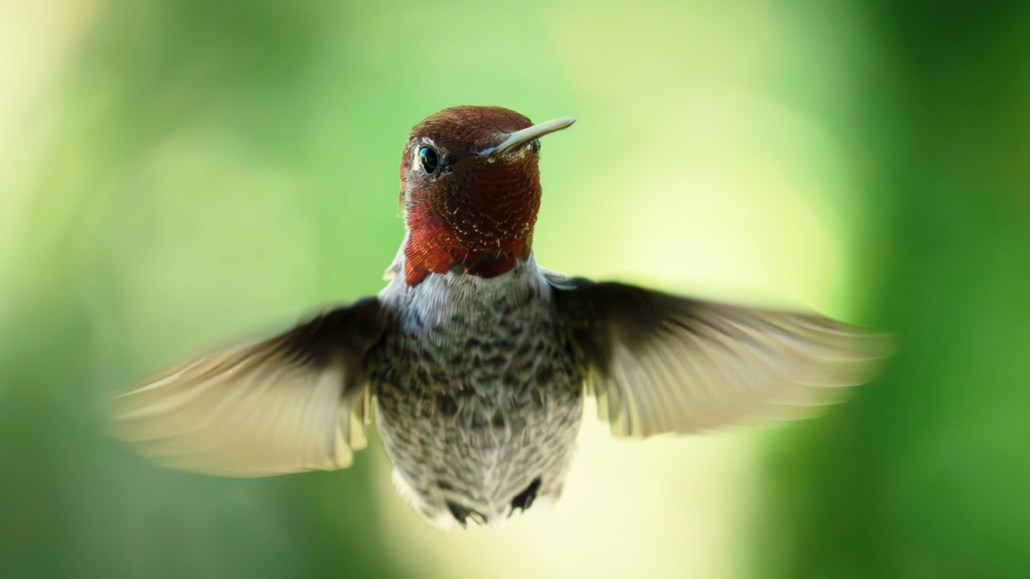
Animals
See how hummingbirds sneak through small spaces
Anna’s hummingbirds can use a couple of different techniques to get through gaps smaller than their wingspan.
Come explore with us!

Anna’s hummingbirds can use a couple of different techniques to get through gaps smaller than their wingspan.

Earth’s ongoing fever threatens to push entire forests toward this heat limit — and possible death.

This word describes both a stage of sexual reproduction and the agricultural practice of adding nutrients to soil.

As they mature, these leaves lose their ability to detect threatening scents.

Insects, amphibians and some fish undergo metamorphosis. But they’re not the only ones.

Red flour beetles can survive in very dry environments. New research shows how the beetles can suck water from the air using their rear ends.

Frogs are a fascinating bunch of amphibians. Unfortunately, they’re also dying off in huge numbers.

Animals with wings, big bodies or other protections from predators are more likely to evolve long lifespans.

Animals that go through metamorphosis look very different as adults than they did as kids.

Individual seeds on a dandelion release most easily in response to winds from a specific direction. As the wind shifts, this scatters the seeds widely.